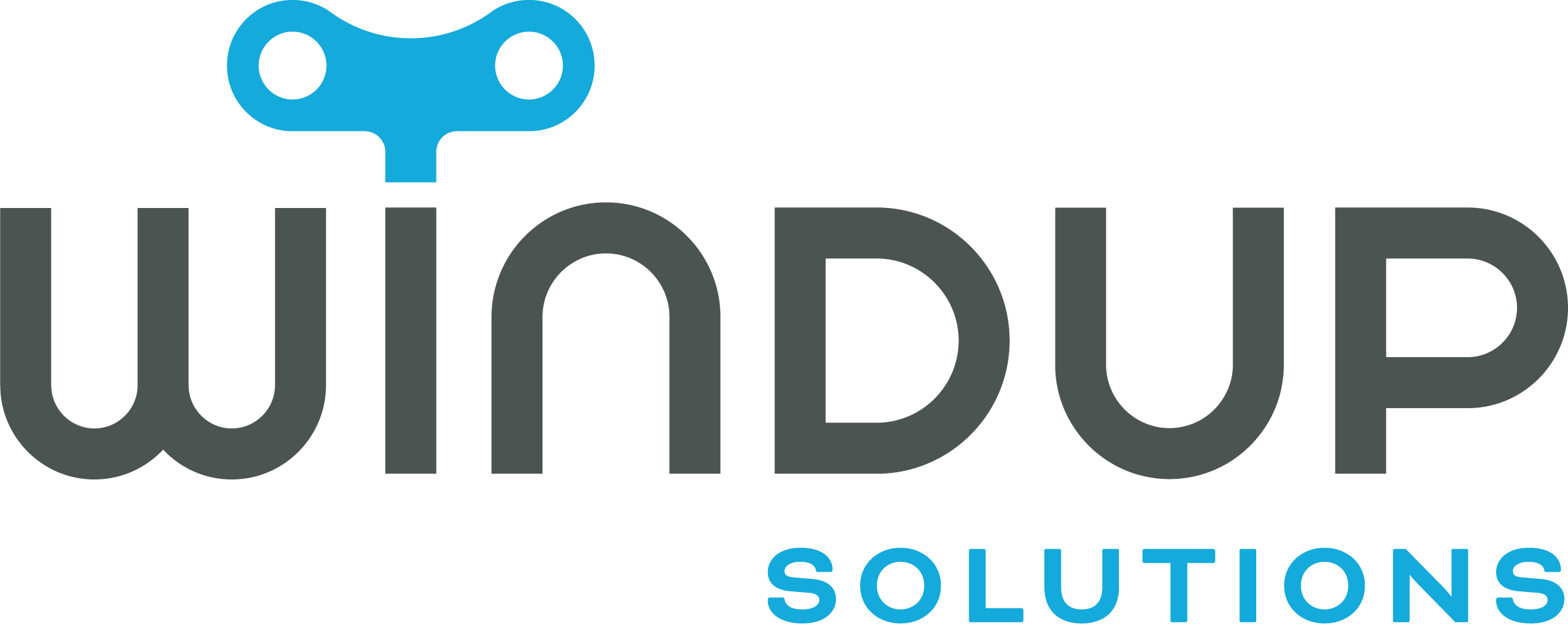
As businesses grow and evolve, so do their IT infrastructures. A key component of many organizations’ IT ecosystems is Citrix, which enables remote access, secure data delivery, and the virtualization of desktops and applications.
Like any complex system, Citrix environments require regular assessments to ensure they remain efficient, secure, and compliant with industry standards.
Neglecting regular Citrix infrastructure assessments can lead to performance bottlenecks, security vulnerabilities, and compliance risks that could significantly impact business operations. This article explores the importance of conducting periodic reviews and how these assessments can benefit businesses in the long term.
Maintaining Optimal Performance
One of the primary reasons for conducting regular Citrix infrastructure assessments is to ensure systems continue to operate at peak performance. Over time, usage patterns change, user loads fluctuate, and applications are updated. These changes can lead to performance degradation if not properly managed.
Identifying Bottlenecks
As businesses scale, users may experience delays, application timeouts, or slow logins. Regular assessments help identify bottlenecks caused by overburdened servers, network congestion, or inefficient application delivery methods. Addressing these issues ensures a seamless user experience, even as the workload increases.
Hardware and Resource Utilization
Citrix infrastructure relies on physical servers, virtual machines, and cloud resources. Regular assessments provide insights into how well these resources are being utilized. For example, some servers may be underutilized while others are nearing capacity. Adjusting resource allocation can significantly improve efficiency and reduce operating costs.
Citrix Optimizations
Citrix offers optimization tools like Citrix Autoscale and Citrix Optimizer, which help ensure optimal performance. However, these tools require configuration and monitoring. Regular assessments ensure these optimizations are properly aligned with your business needs. Without periodic review, poor application delivery and diminished user satisfaction may result.
Adapting to Change
Technology evolves rapidly, and businesses frequently adopt new applications, work models, or shift workloads to the cloud. Regular assessments allow your Citrix environment to adapt to these changes without affecting performance. This ensures your infrastructure remains scalable as your organization grows.
Enhancing Security
Cybersecurity threats are evolving at a rapid pace. A well-maintained Citrix environment offers multiple layers of security, but these must be consistently reviewed and updated to provide maximum protection.
Vulnerability Detection
Without regular assessments, security vulnerabilities may go unnoticed, exposing your organization to cyberattacks and data breaches. Periodic security reviews help detect and address vulnerabilities such as outdated software versions, misconfigured firewalls, or insecure access points. Proactive vulnerability management is key to safeguarding data and minimizing risks.
User Access Auditing
Remote access is a core feature of Citrix infrastructure, but it poses security risks if not managed properly. Regular assessments should include audits of user access privileges to ensure only authorized personnel can access critical systems and data. This is particularly important for regulatory compliance in sectors like healthcare (HIPAA) and finance (GDPR).
Patch Management
Citrix software, like any other, requires regular patches to address vulnerabilities. Failing to apply these patches leaves systems vulnerable to cyberattacks. Regular infrastructure assessments ensure your environment stays up to date with the latest patches and security updates, reducing the likelihood of breaches.
Compliance and Risk Management
Many industries are governed by strict regulations, which mandate specific security protocols. Regular Citrix assessments help ensure your organization complies with relevant regulations, minimizing penalties or legal action. It also demonstrates a commitment to maintaining a secure environment for stakeholders and auditors.
Ensuring Compliance with Industry Standards
Businesses in regulated industries—such as healthcare, finance, or legal services—must meet stringent compliance requirements. A Citrix infrastructure that is outdated or misconfigured can lead to non-compliance, which could result in hefty fines, legal consequences, and reputational damage.
Regulatory Compliance
Standards like HIPAA, PCI-DSS, and SOX require organizations to implement strict controls for data access, encryption, and auditing. Regular assessments validate that proper controls are in place and functioning. For example, encryption protocols may need updating, or audit trails may need review to ensure they capture necessary data.
Data Privacy
With privacy regulations like GDPR, businesses must take extra precautions to protect user data. Regular assessments ensure data privacy policies are enforced throughout the Citrix infrastructure. This may include reviewing encryption methods, securing file sharing, and auditing user access logs to prevent unauthorized data access.
Audit Readiness
Regular Citrix infrastructure assessments ensure businesses are prepared for audits by maintaining necessary controls, documentation, and processes. This makes audits less stressful and helps maintain trust with clients, partners, and regulators.
Improving Business Agility
Citrix infrastructure plays a critical role in business agility, especially as companies embrace remote work, cloud computing, and digital transformation initiatives. Regular assessments ensure Citrix environments can evolve alongside the business, providing flexibility to respond to new challenges and opportunities.
Supporting Remote Work
With more businesses adopting hybrid and remote work models, maintaining a secure and efficient Citrix environment becomes essential. Regular assessments allow IT teams to optimize remote access configurations, ensuring employees can work from anywhere without compromising security or performance.
Cloud Integration
As more workloads move to the cloud, Citrix environments must integrate seamlessly with cloud-based applications and infrastructure. Regular assessments identify opportunities to optimize cloud integration, ensuring flexibility and scalability as the business transitions to cloud-based solutions.
Resource Allocation
As businesses grow and adopt new technologies, resource allocation must be reviewed and optimized. Regular assessments provide insights into resource utilization and guide adjustments, ensuring Citrix infrastructure supports new applications, accommodates additional users, and maintains performance as the business evolves.
Key Takeaways:
- Performance Maintenance: Regular Citrix infrastructure assessments help identify and resolve bottlenecks, ensuring optimal system operation as business needs evolve.
- Enhanced Security: Regular assessments uncover vulnerabilities, ensuring that security measures remain up-to-date and compliant with industry standards.
- Compliance Assurance: Citrix assessments ensure infrastructure meets regulatory requirements, minimizing compliance risks.
- Business Agility: Routine reviews allow Citrix environments to adapt to changing business conditions, including remote work and cloud integration, while maintaining security and performance.
